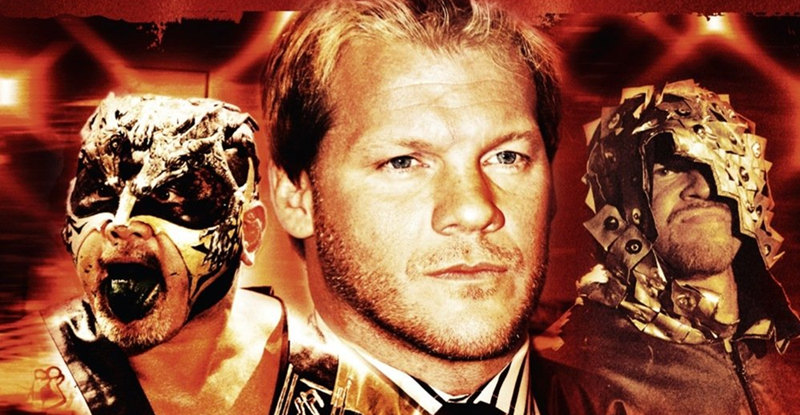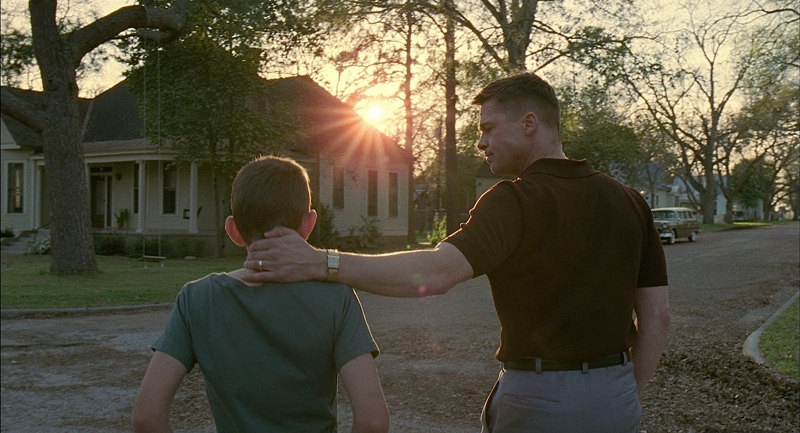“Combat!” was the longest-running WWII drama on television, airing on ABC from 1962-1967. And Season 3 was the biggest direct hit with the viewing public. That year, “Combat!” became the 10th most-watched TV show in America, according to Nielsen.
The one-hour series made household names of Rick Jason, who played 2nd Lt. Gil Hanley, and Vic Morrow, who was Sgt. Chip Saunders. Though an actual unit fighting in France—King Company, 361st Infantry Regiment—inspired the narrative arc, the drama plays out like an anthology series similar to “Route 66,” with different guest stars and locations driving the episodes.
The squad regulars were Sgt. Saunders (pictured above), “Caje” (Pierre Jalbert), Kirby (Jack Hogan, Littlejohn (Dick Peabody), and Doc (Conlan Carter). But additional squad members drifted in and out, with a guest star list that would make many producers envious. Mickey Rooney turns up in one episode, and Frankie Avalon another. You’ll run across Charles Bronson this season, and Robert Duvall. Neville Brand, normally a tough guy, plays a sensitive messenger pigeon handler. What’s more, the episodes were directed by people like Richard Donner and Robert Altman.
As I watched I was struck by one thing: “Combat!” is convincing, though not necessarily realistic. You won’t find “Saving Private Ryan” battle action here, even though the weapons and explosions look and sound believable. And while it appears that the show’s producers spared no expenses and filmed in various villages in France, everything but some Loire Valley footage was shot at various locations in California. Yet, filmed in black-and-white during an age of emerging color, “Combat!” looked vintage and felt as authentic as any WWII movies made shortly after the war.
And the drama itself? Top notch. Some of the episodes, like one in which the squad encounters a French girl determined to serve as a nurse, have a slightly “Twilight Zone” feel to them. Others suggest the type of psychological dramas that we saw in series like “Kraft Suspense Theatre.” Unfortunately, there’s no episode guide for this 8-DVD set, which includes all 32 episodes from Season 3 of the groundbreaking series, but a brief description of each gives you a pretty good sense of the material:
“Mountain Man”—Saunders’ squad needs the help of a reclusive Frenchman in order to lead them to a tactical location.
“Vendetta”—A Greek colonel and his men come to Lt. Hanley’s rescue, and of course they have a story of their own.
“Point of View”—After another sergeant accuses him of bad judgment, Saunders faces a possible court martial.
“The Duel”—Saunders and a truck driver face off against a Tiger tank.
“Silver Service”—A card sharp truck driver won’t part with a duffle bag, no matter how serious the situation.
“The Hard Way Back”—Saunders is abandoned in a German-occupied town but rescued by the soldier who panicked and left him there in the first place.
“Operation Fly Trap”—A dissident threatens to undermine an operation that Saunders and his squad are engaged in, trying to trap a German colonel.
“The Little Carousel”—The squad meets a young French girl insistent on serving as their nurse.
“Fly Away Home”—The squad is introduced to the role that carrier pigeons can play in the war effort.
“The Imposter”—Lt. Hanley must impersonate a G-2 officer on a spy mission.
“A Gift of Hope”—Saunders finds a friend thought dead, but really is MIA and a possible deserter.
“A Rare Vintage”—A French vintner helps Caje rescue an injured Lt. Hanley from the Germans.
“The Long Walk”—A wounded soldier who joins the squad isn’t all that he seems, and his presence threatens the squad.
“The Town That Went Away”—Handley and Saunders’ squad are to evacuate a town, but misdirected to a bombed-out town by a Frenchman.
“Birthday Cake”—Littlejohn gets a cake with instructions not to open it until his birthday.
“The Enemy”—Hanley needs a German prisoner’s help in disarming land mines.
“The Cassock”—A German demolitions officer masquerades as a priest in order to complete his mission even after the Americans rolled into town.
“Losers Cry Deal”—Caje is named acting squad leader until a replacement sergeant arrives.
“More Than a Soldier”—Saunders faces off against a German sergeant, but when he runs out of ammo he has to rely on brand-new soldier with an aversion to killing.
“Brother, Brother”—A man finagles his way onto the squad, saying that his brother once saved Kirby’s life, but he could spell trouble.
“The Steeple”—A paratrooper is trapped in a church in an occupied town, and it’s up to the squad to attempt a rescue.
“The Convict”—The squad encounters a resistance fighter who’s really an escaped convict trying to get out of France.
“Dateline”—A reporter with vital information is captured, and the squad is surrounded.
“A Walk with an Eagle”—A downed pilot has a totally different view of the war.
“The Long Wait”—A hitchhiking Saunders is pinned down with a truck full of wounded soldiers.
“The Tree of Moray”—Lt. Hanley gets caught between London’s need of information and French underground members who want to hang a traitor.
“Cry in the Ruins”—Saunders’ squad and the Germans call a truce in order to help a woman rescue her baby.
“The Hell Machine”—Saunders has to get a claustrophobic soldier to drive a German tank in order to get a wounded captain back to American lines.
“Billy the Kid”—The son of a famous general has a little too much to prove, for Saunders’ comfort.
“Heritage”—Hanley and Kirby escort an explosives expert whose mission is to destroy a German observation post. Complicating matters is his reluctance to blow up anything of historic value.
“Odyssey”—Saunders encounters his counterpart when he passes himself off as a shell-shocked German soldier behind the lines.
“Beneath the Ashes”—Hanley is reluctant to pull a private off the line until news that his wife is dying can be confirmed.
These were one-hour episodes on television, which, when you remove the commercials, put them anywhere from 40 to 48 minutes long. Some reviewers have complained that previous releases of “Combat!” weren’t the full episodes, but how can you tell? In this age of television, episodes were routinely edited to accommodate advertising sold. And that varied. So, in fact, did the quality of episodes. Some episodes are much stronger than others, but that’s the nature of television. Overall, it’s a solid drama that still holds up today.
Video:
Some night scenes can get a bit murky and the amount of grain varies, but for the most part the video quality is decent. “Combat!” episodes are presented in the original 1.33:1 aspect ratio.
Audio:
The audio is an undistinguished Dolby Digital Mono, but it’s an assertive Mono with a surprisingly rich-sounding timbre. Explosions and gunfire (especially Saunders’ Tommy Gun bursts) sound spot-on accurate.
Extras:
There aren’t a whole lot of bonus features. Photo galleries appear on Discs 2 and 5, and many of the episodes have “Notes, Oddities and Bloopers” culled from COMBAT! A Viewer’s Companion to the WWII TV Series, by Jo Davidsmeyer. Guest star Pierre Jalbert offers a commentary for the “Mountain Man” episode on Disc 1, but that’s it.
Bottom line:
“Combat!” is a terrific dramatic series, one which seems realistic enough, but is more devoted to depicting personal dramas than statements about conflict. War is just the incidental arena within which those dramas play themselves out. This season is arguably the show’s best. Disney owns ABC, but curiously they chose to license Image Entertainment to produce and distribute the “Combat!” DVDs. Thankfully, they do a pretty good job. The menu screens feature some nice details and the series theme music, and the episodes themselves are better than the old VHS tapes. Fans should be happy with this set.


